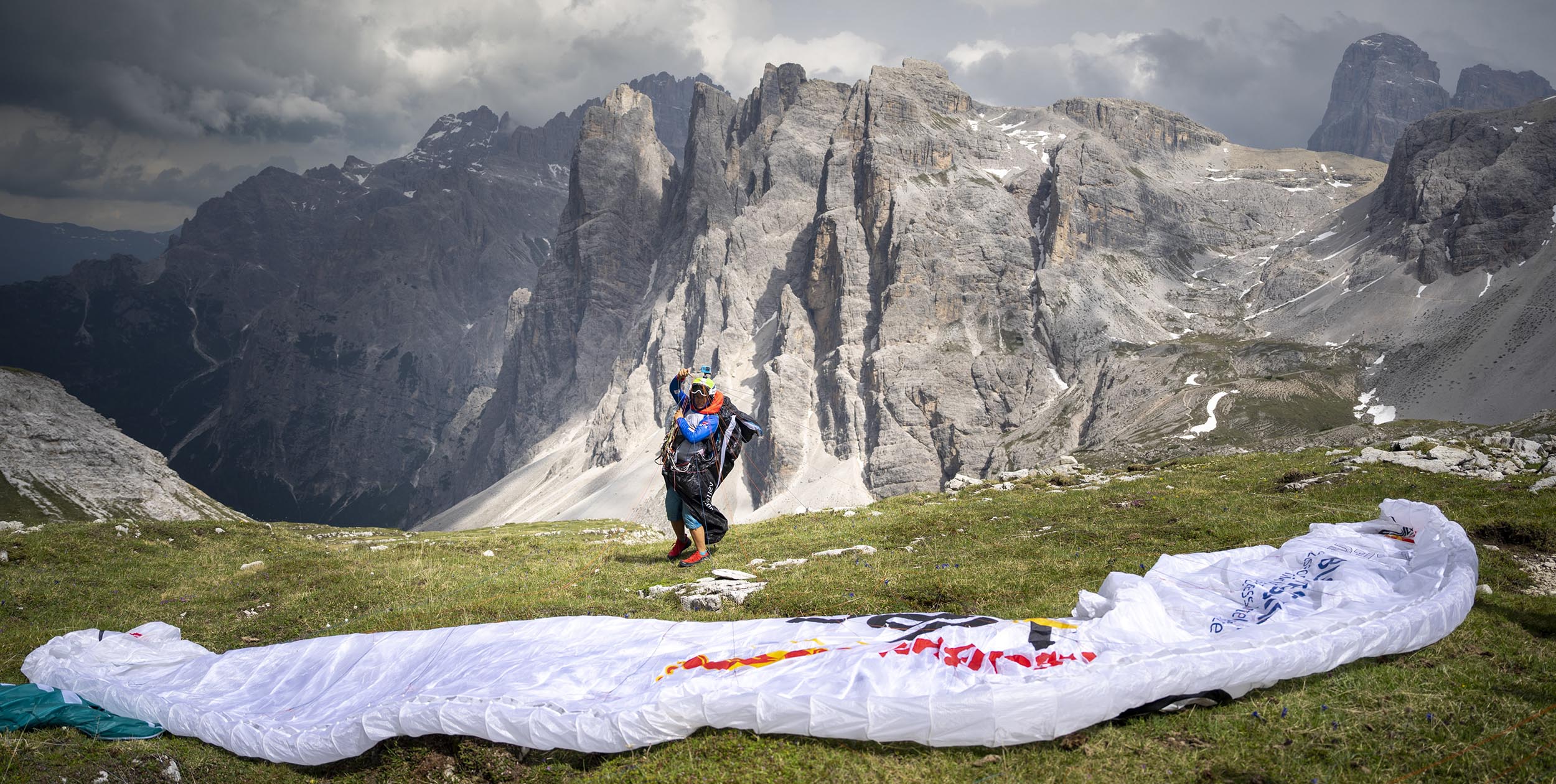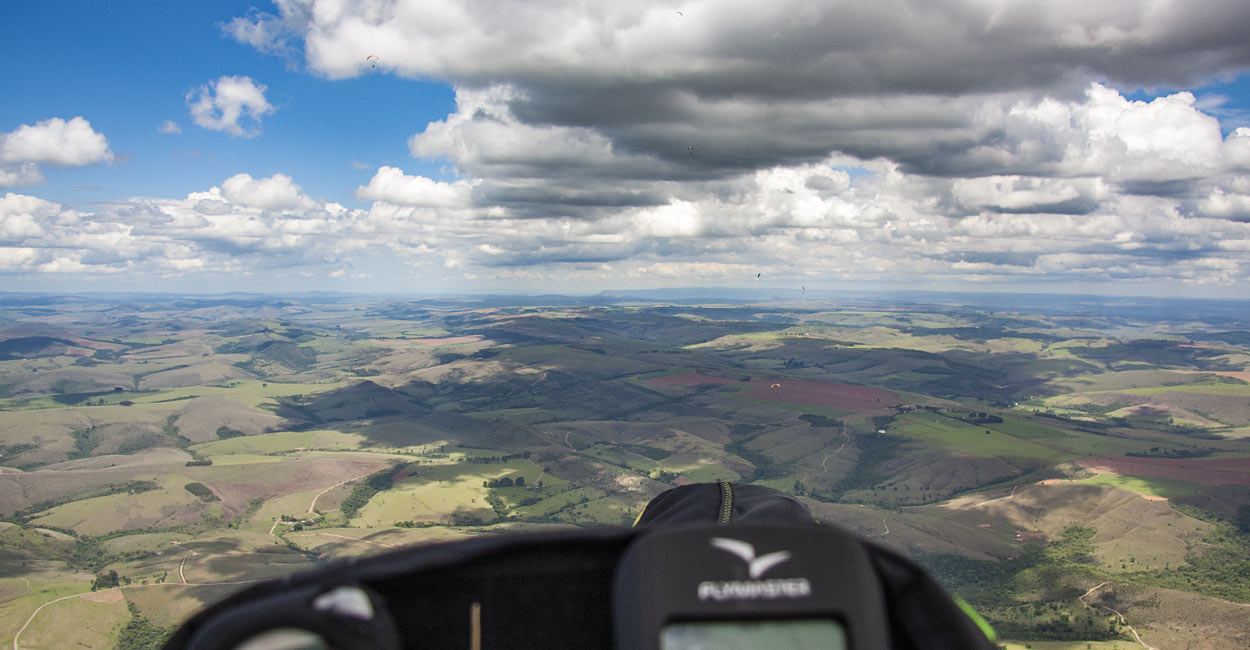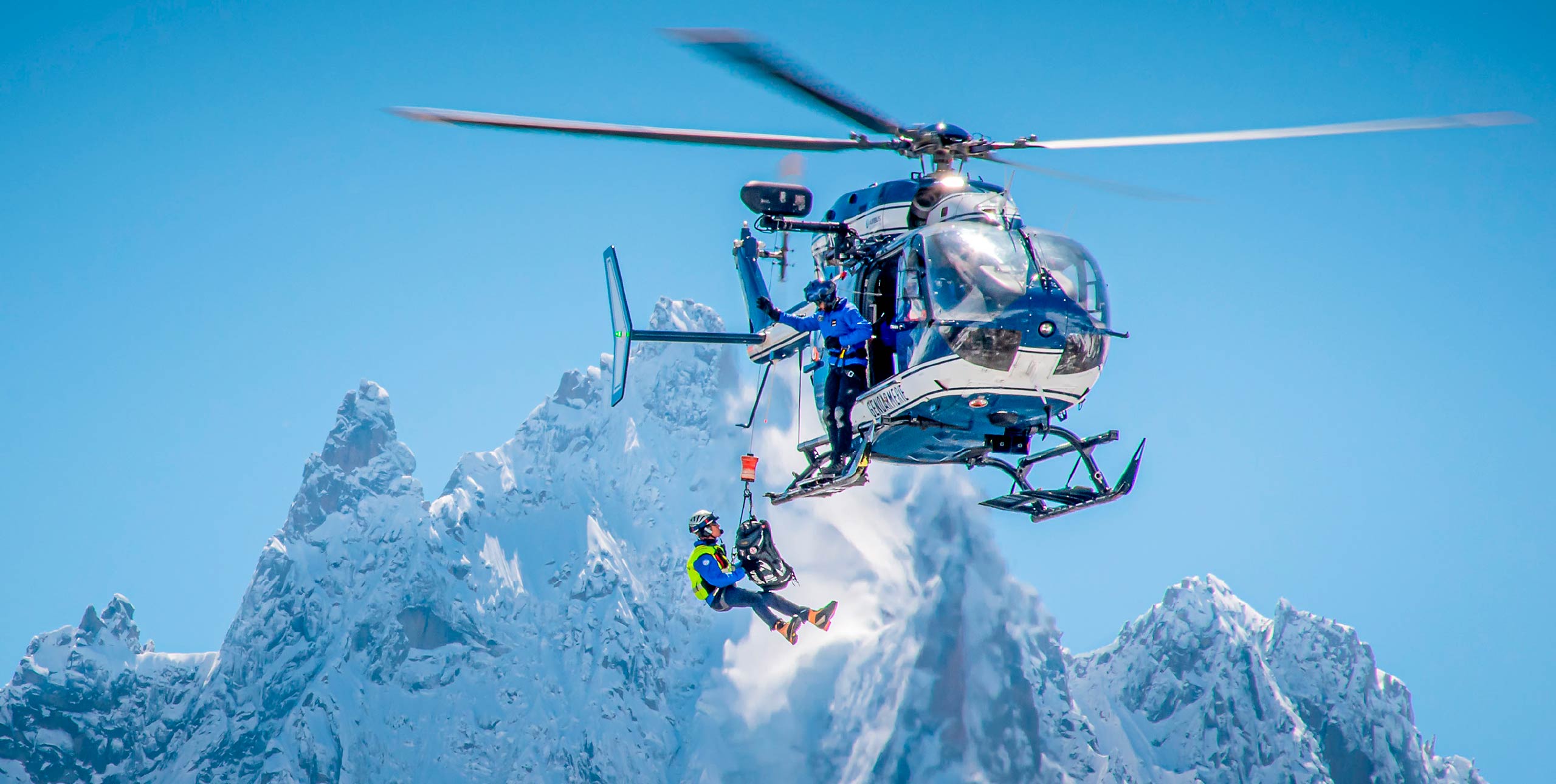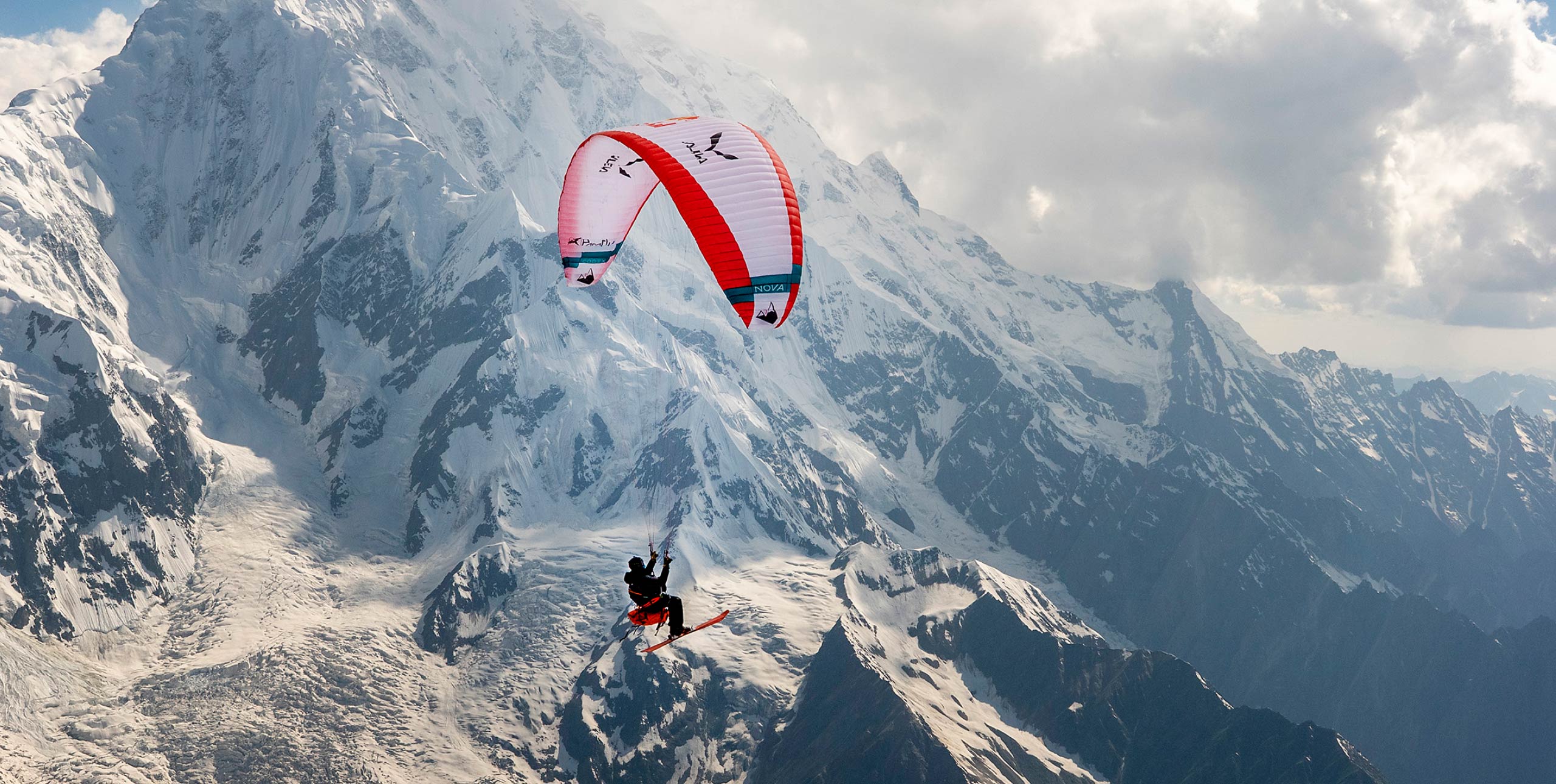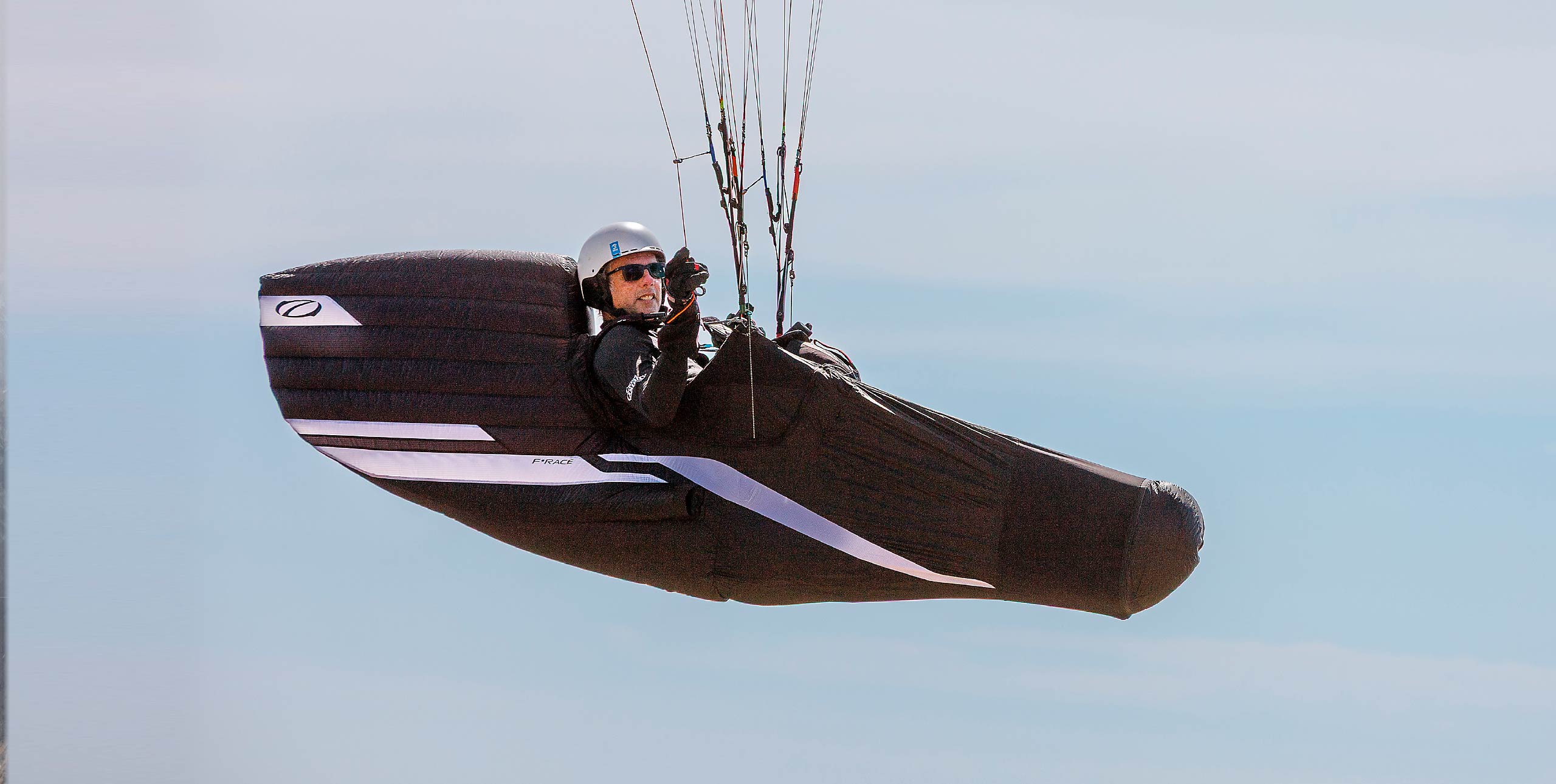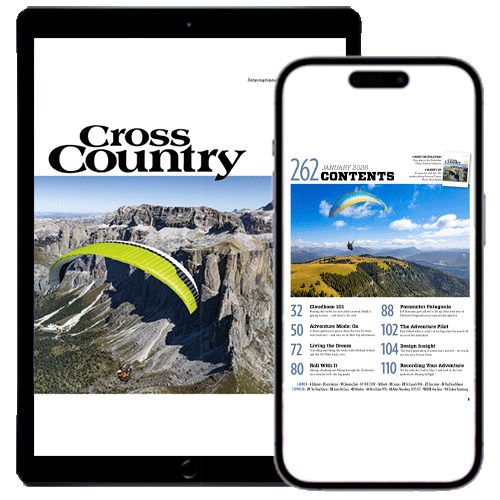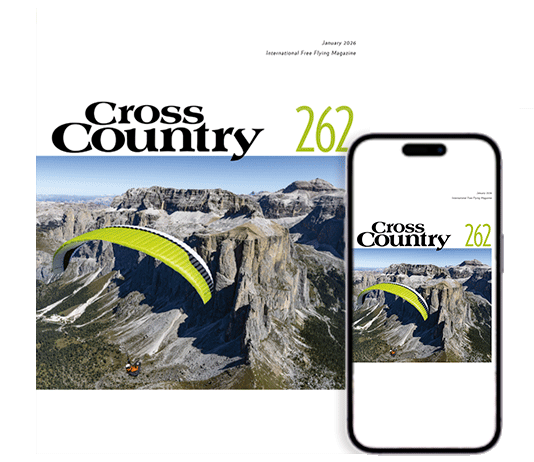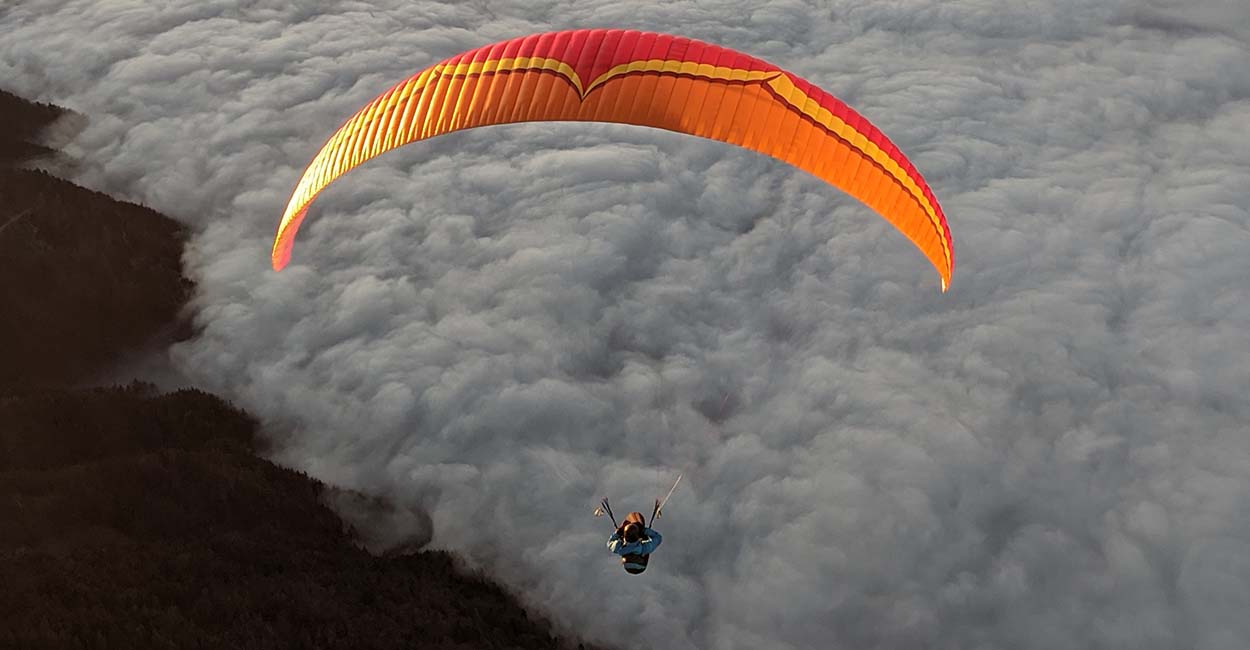
Tom Payne on what to do if you are facing restrictions over paragliding in the time of coronavirus
We are all facing restrictions on our flying for an indeterminate time. This is not without precedent. British pilots were shut down for the 2001 flying season by the Foot and Mouth Disease epidemic (affecting cattle) that led to the closure of the countryside and all flying sites for the entire spring and summer. To a lesser extent, we all have limited flying opportunities each winter. This post is about surviving an extended layoff period.
The most important advice is to make an active decision about whether you want to continue to try to fly during the period of restriction or pause your flying. It goes without saying that it is critically important that you respect the restrictions themselves as not doing so could easily lead to heightened tensions with both the flying and non-flying populations, particularly at times of global stress, and could lead to long term negative consequences for the entire free flight community.
Making an active decision – will you try to fly or not – will reduce your personal stress by giving you an active path to follow and gives you the mental freedom to pursue that goal. As the ancient Chinese proverb says: “man who chases two chickens catches neither”. Making the active decision to continue to fly allows you to focus on finding and exploiting the flying opportunities even as these opportunities become increasingly hard to find. Choosing to pause your flying enables you to focus on other priorities in your life, knowing that your equipment will be ready to go when you need it.
Choosing to continue flying
You must follow both the letter and the spirit of the restrictions in force. These are changing daily so check the latest status from your federation before you leave the house and again before you take off.
[promobox]
Be respectful to others and how they might be feeling. Paragliding is both a very selfish sport and a very visible one. Thermalling over people confined to their houses, either by the law or by their own fears, might be fun for you but also underlines the contrast in your and their situations. You’re not going to be perceived as an uplifting symbol of freedom and any wisecracks about how you’re more than maintaining social distance are unlikely to elicit a laugh. Choose quieter flying sites, stay away from densely populated areas, and do not linger too long in any one area.
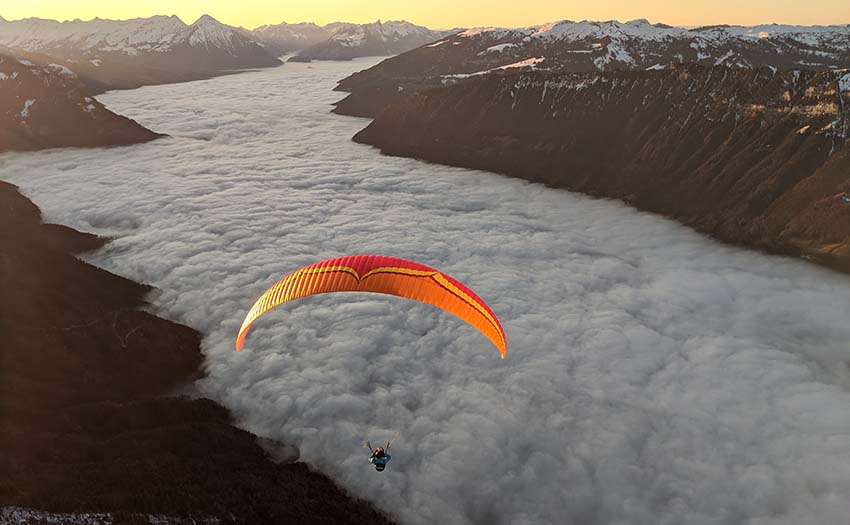
Reduce the level of risk that you take while flying. The more current you are on your wing, the safer you are, but you will be flying less due to the restrictions and therefore less current. This is exacerbated by the fact that Northern Hemisphere pilots are emerging from the winter layoff into spring conditions without many flying hours logged this season. You need to fly aware of your current skills, not the skills you had at the end of last season.
The consequences of an accident can be particularly severe for you during the restrictions. Emergency services are already over-stretched which means that search and rescue will take longer, assuming they are available at all. Medical staff and hospitals are fully engaged and already beyond capacity in responding to the pandemic. They are unlikely to have much sympathy for an individual who has injured themselves in pursuit of a risky and selfish high.
Plan your flight carefully, including how you get to take off and how you get home afterwards. Expect retrieves to be difficult. Many public transport services are being reduced. Social distancing means you’re unlikely to get a lift hitch-hiking.
Review your choice every two weeks. The situation is evolving quickly, but while you’re in “choosing to continue flying” mode, keep monitoring the weather, searching for appropriate sites, and planning your flights.
Choosing to pause flying
Making the active choice to pause flying frees you to focus on other aspects of your life while knowing that you can be in the air again quickly in the future.
Check, clean, and repair your gear before packing it away. Open up your wing at home and check it thoroughly. If any replacement lines or patches are needed, order them from your dealer and fix them. Empty any debris from cells and clean any mud from your harness. Vacuum your pod harness. Consider getting your reserve repacked.
Store your gear carefully. Your wing might be furloughed for several months. Re-fold it loosely so there is as little tension in the fabric as possible and with as few folds as possible. Make sure that the lines are untangled. Drain the batteries in your instruments to 70% or less. Store everything in a cool, dry place that will remain cool and dry as the seasons change.
Stay in contact with your flying friends.
Look for an activity to replace flying during the pause, but that will assist your flying. The time freed is now also an opportunity. Consider starting jogging to build your fitness for hike-and-fly. Get a stunt kite you can fly in a local park to maintain your feel and coordination. Read a thick book on meteorology and learn how to interpret emagrams. Consume some of the great flying media out there, like Jon Chambers’ Hanging In There, Antoine Girard’s Lost In Karakorum, Sean White’s Never Ending Thermal, or Pal Takats’ Master Acro.
Set a date to review your choice and put it in your diary. Be it one month from now, or three, you can then free yourself from the mental load of following the daily ups-and-downs of the impact on paragliding while knowing that paragliding is not forgotten and that your gear is ready to go.
Resuming flying
We pilots are individuals, but we are seen as a group by non-pilots. Our behaviour now during the crisis will have a lasting impact on how the paragliding community is treated after the crisis. We have a responsibility now, not just to ourselves, but to our fellow pilots, current and future, and our future selves.
The restrictions will lift over time. As they do, know that our skills will be rusty and we will need to step gently back into the air. Build your skills back up as you did when you were first learning: ground handling first, then flying comfortable sites in smooth conditions before resuming our thermals, cross country flights, acro, and all the adventures that paragliding brings us.


